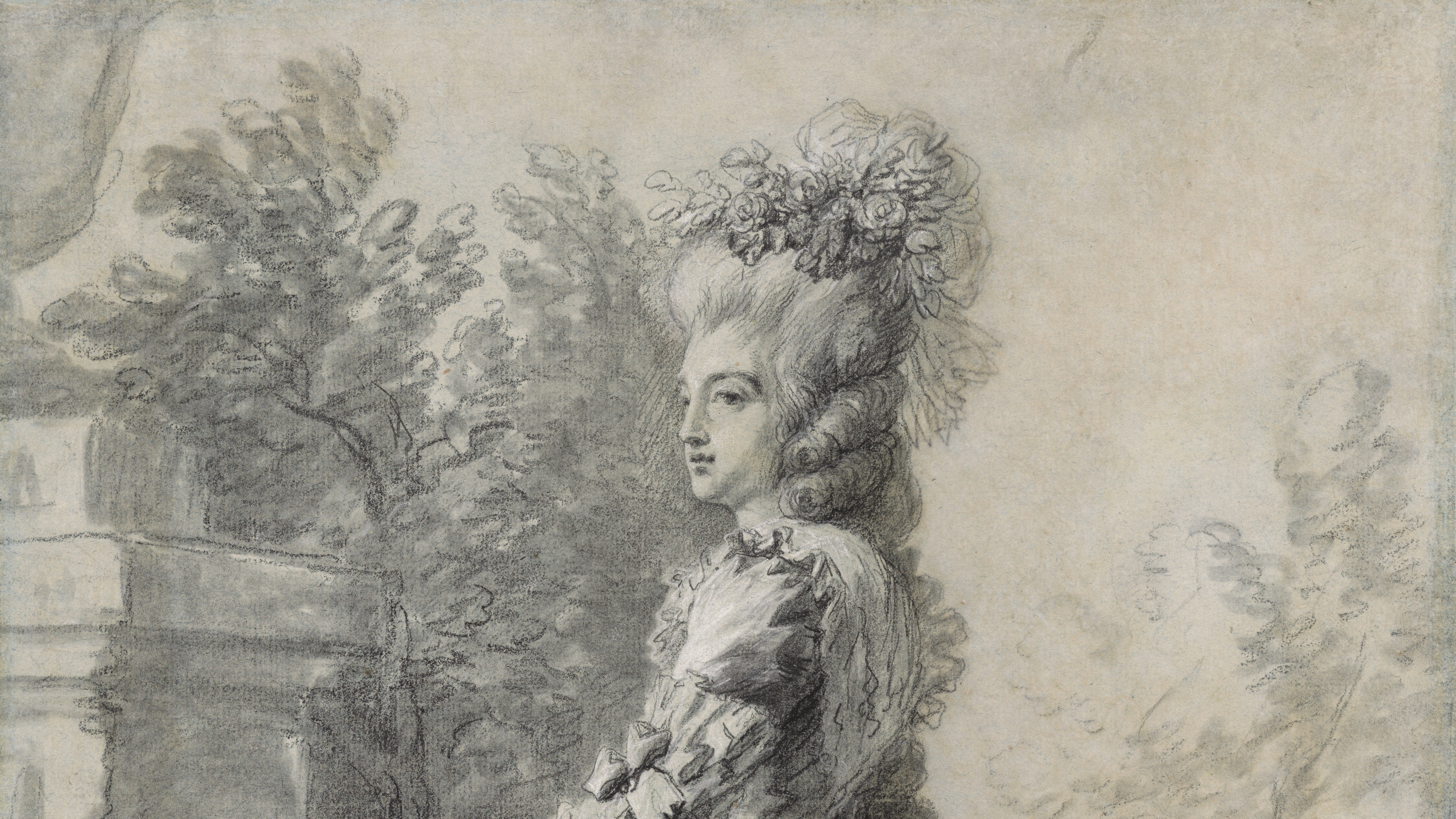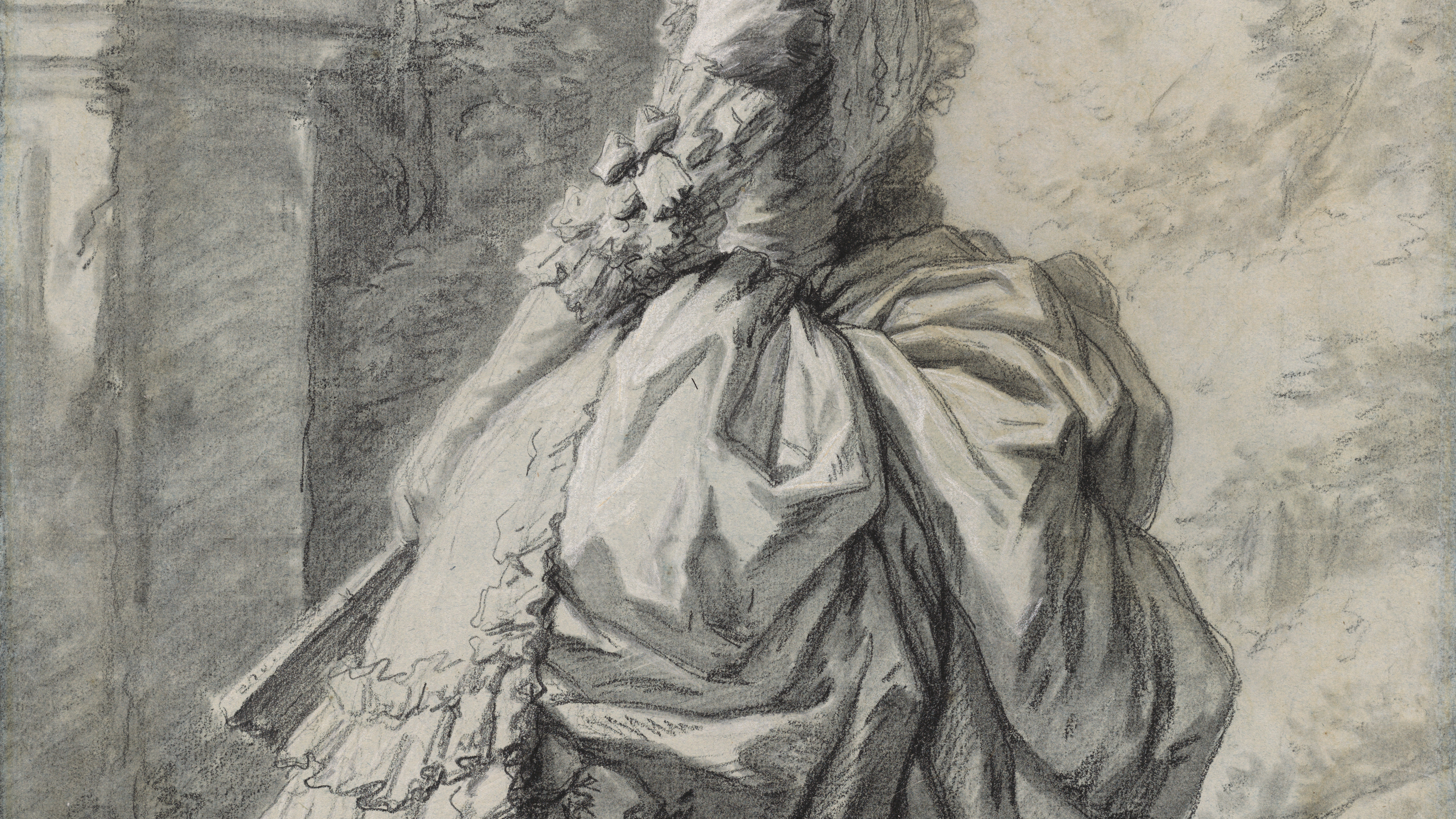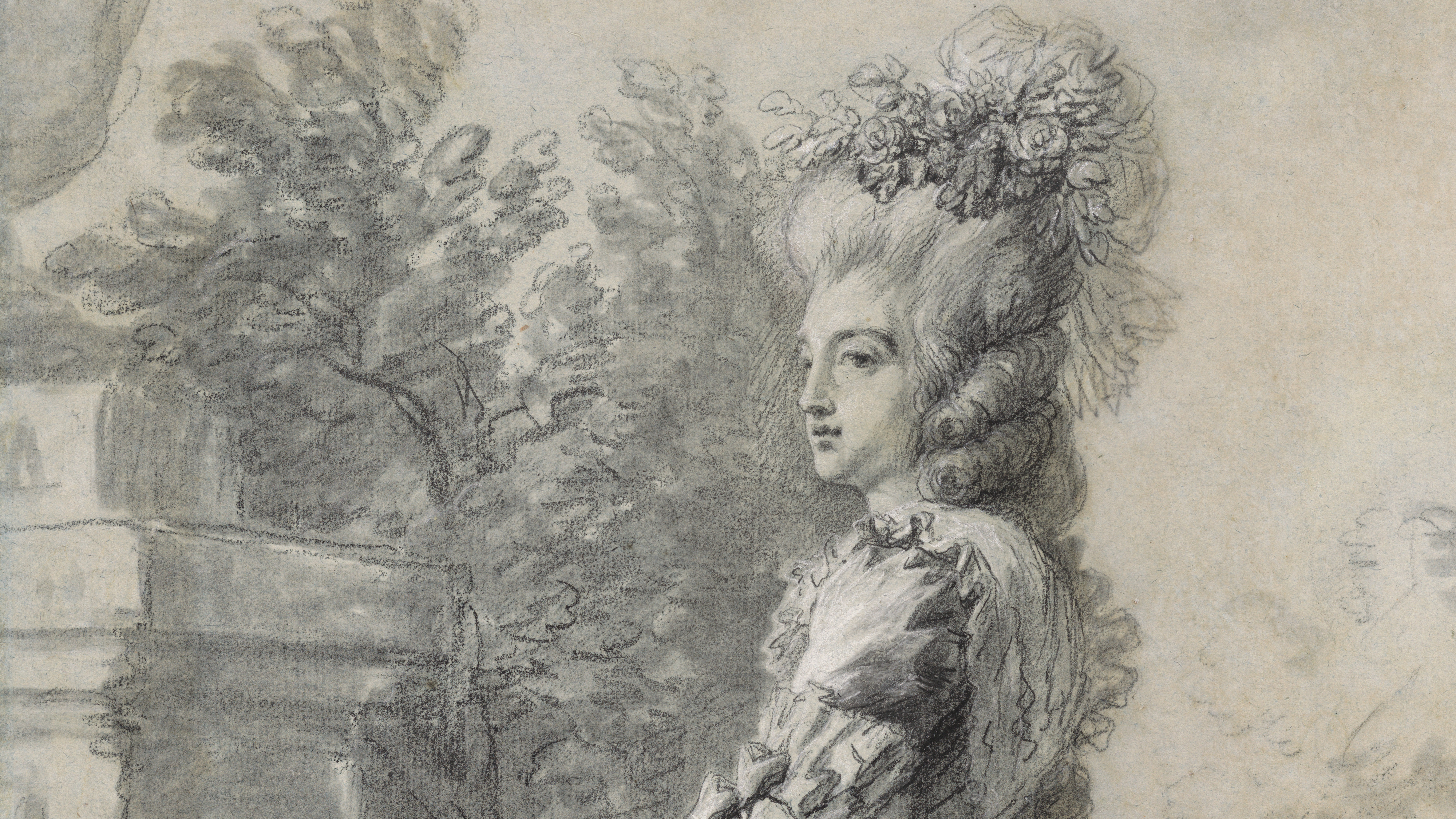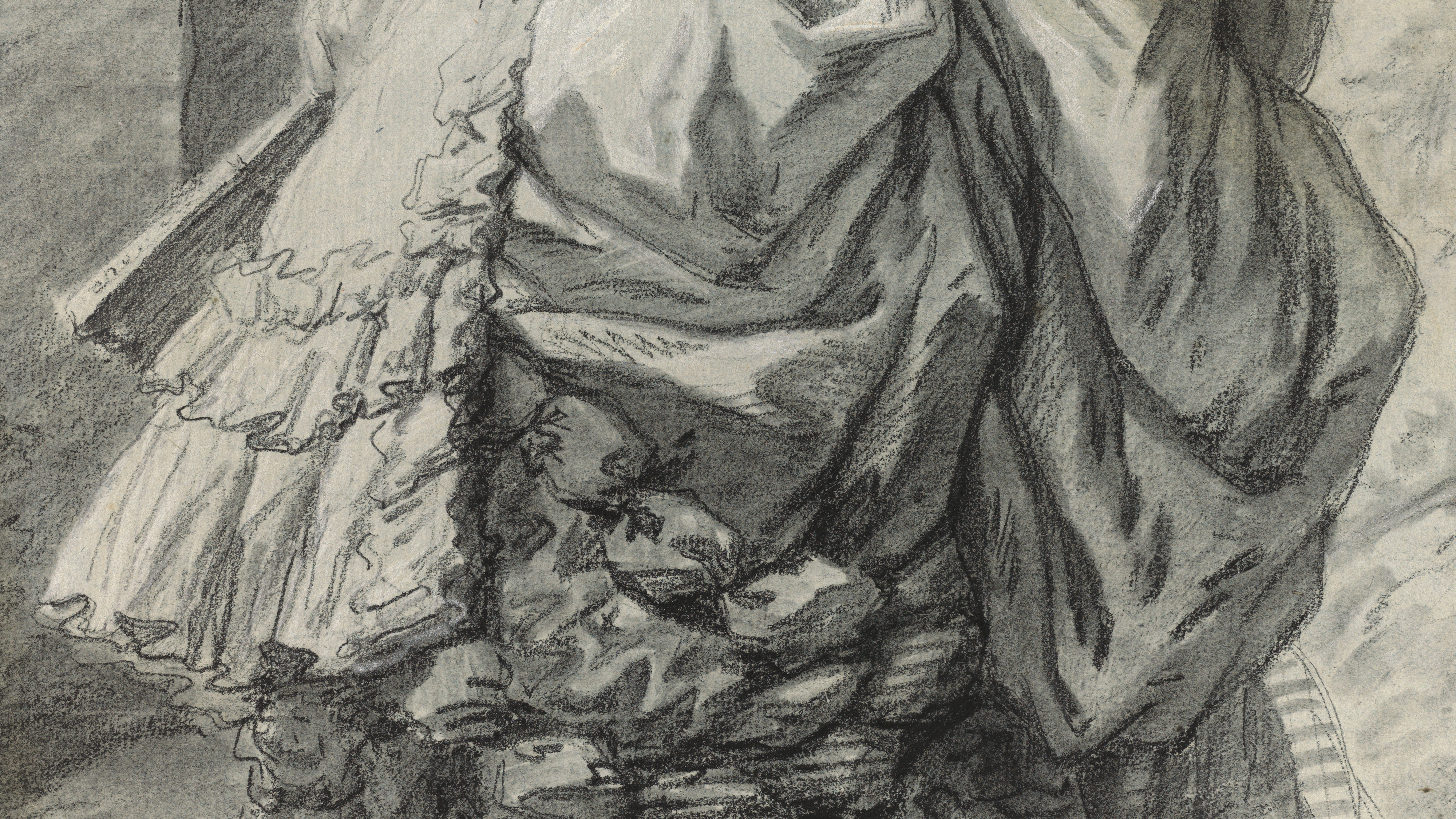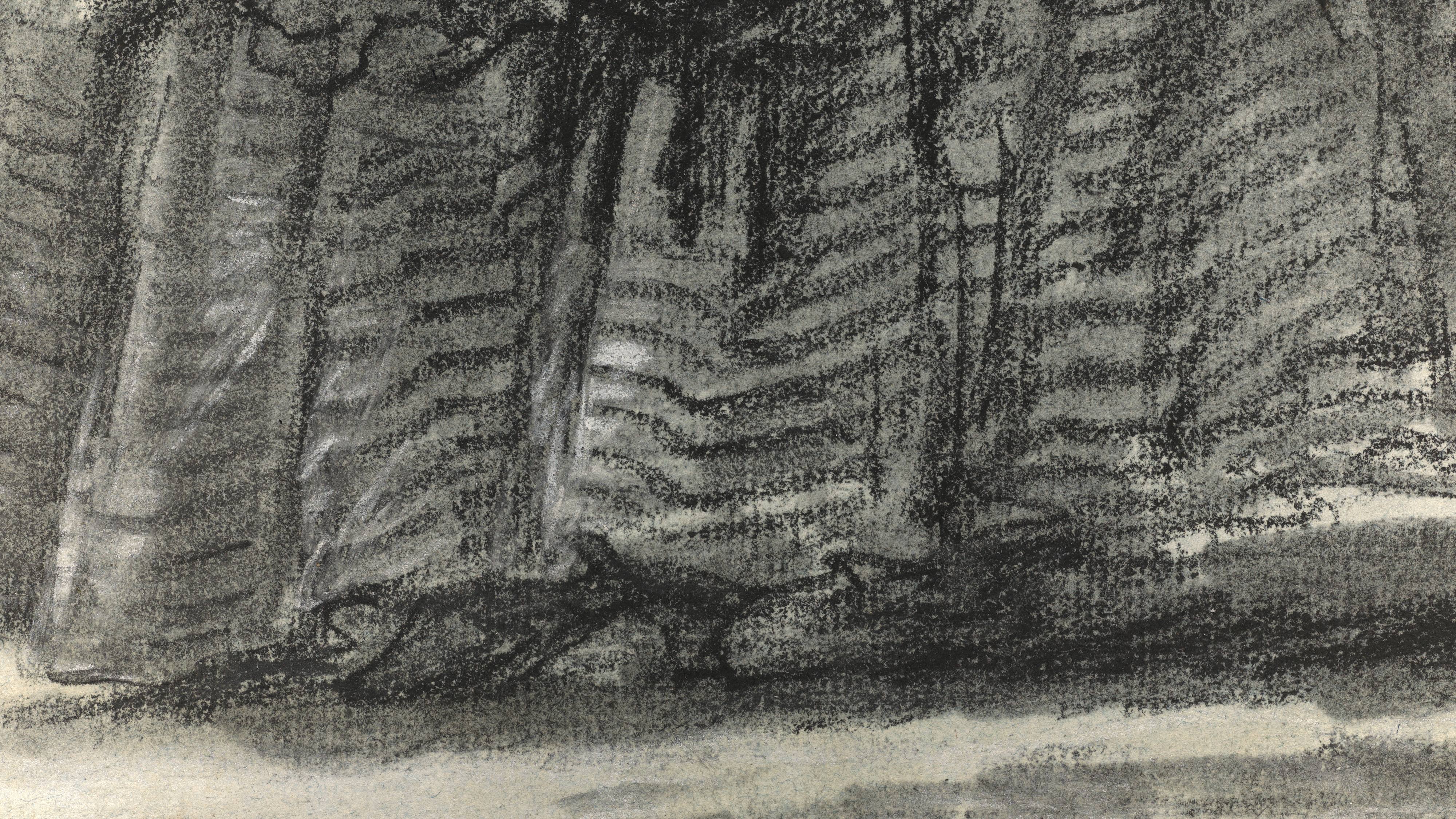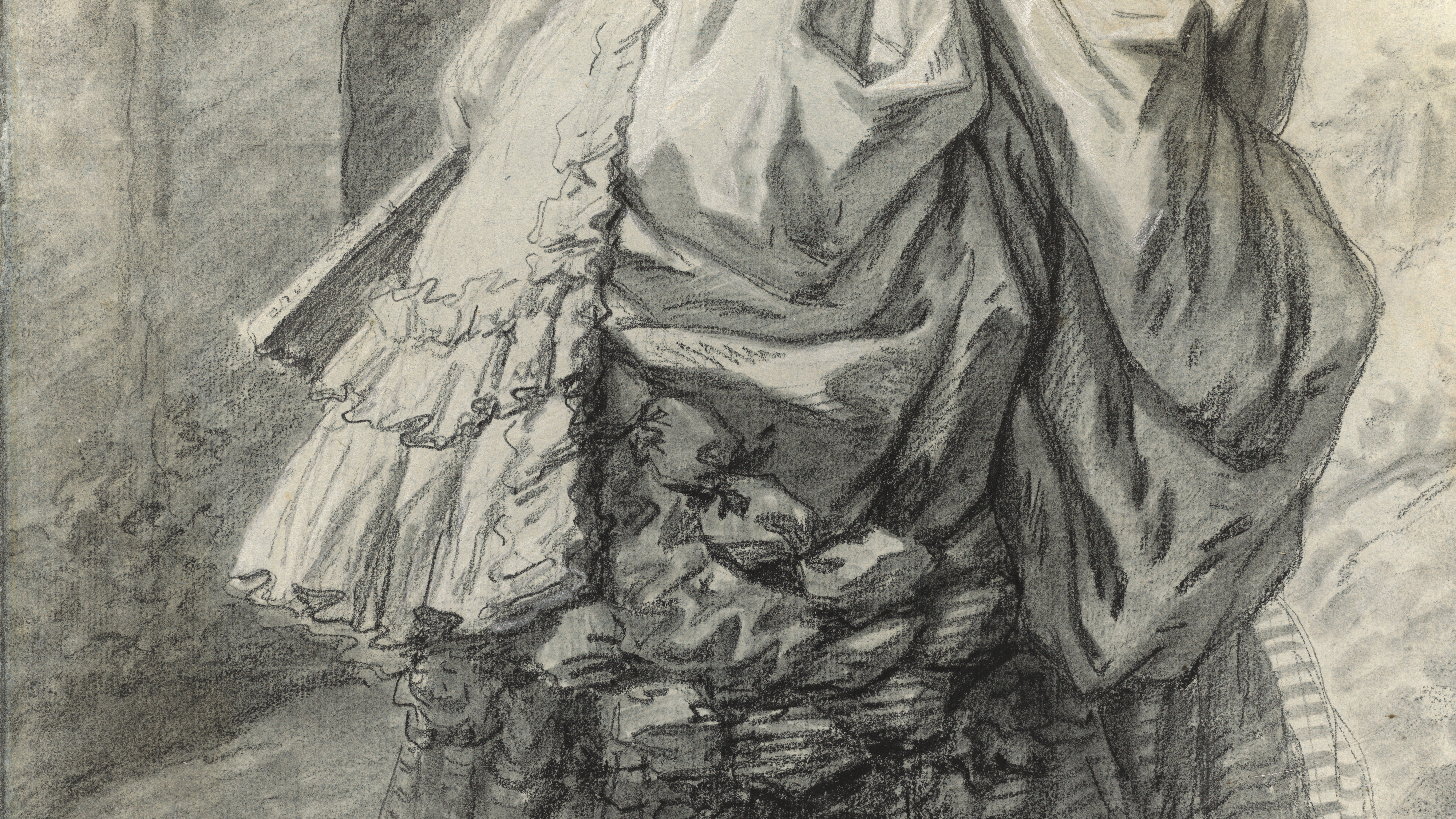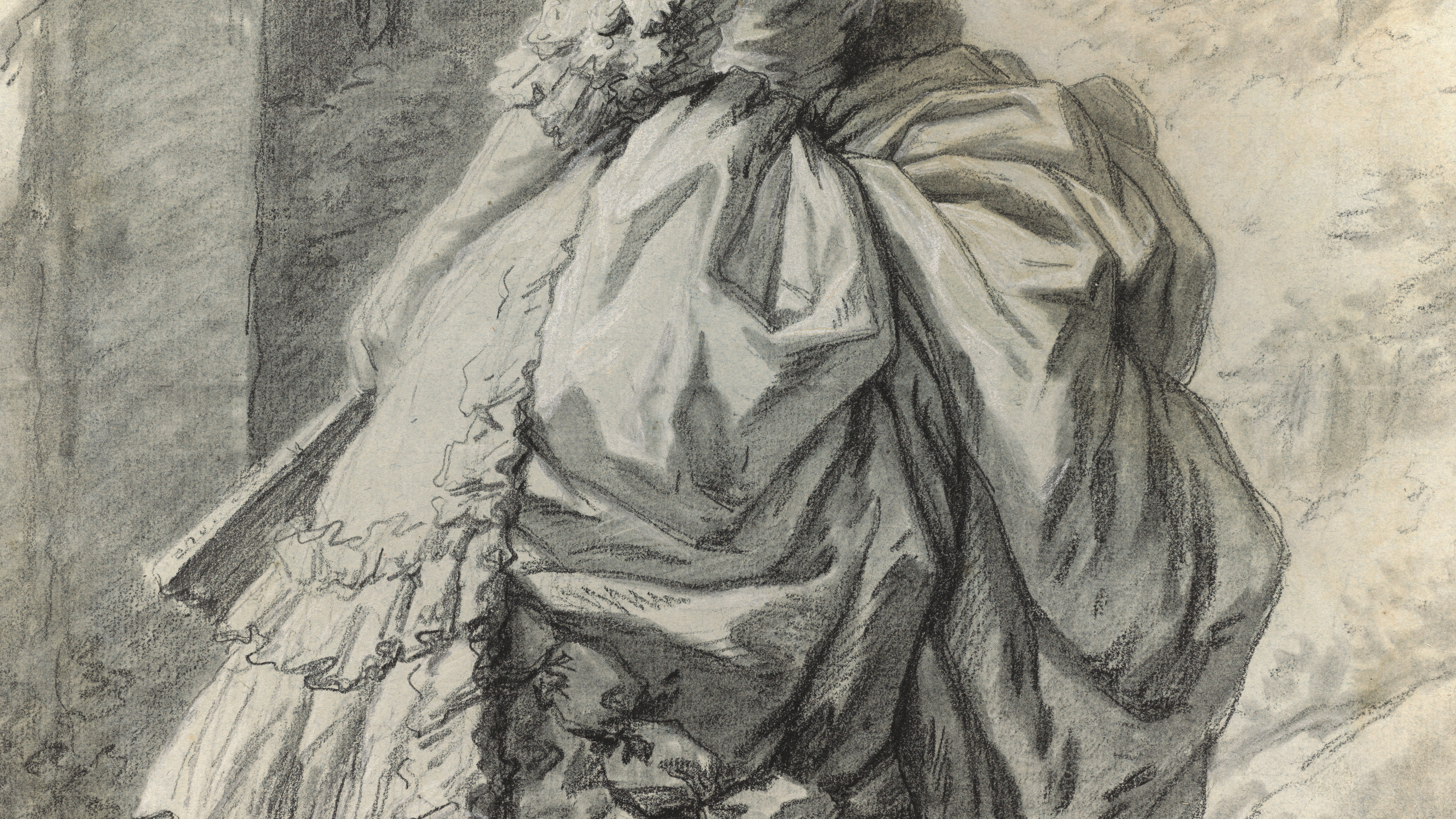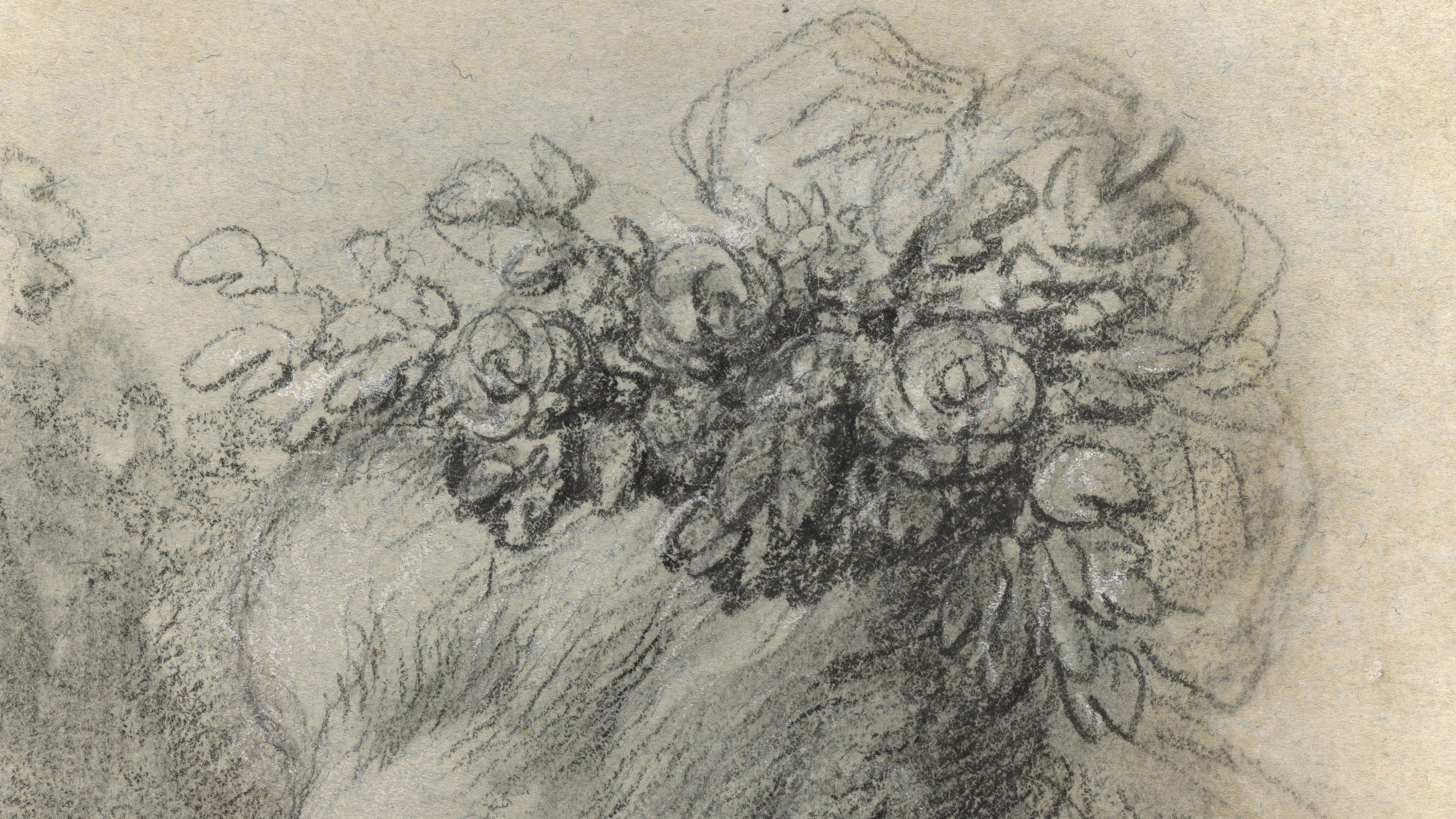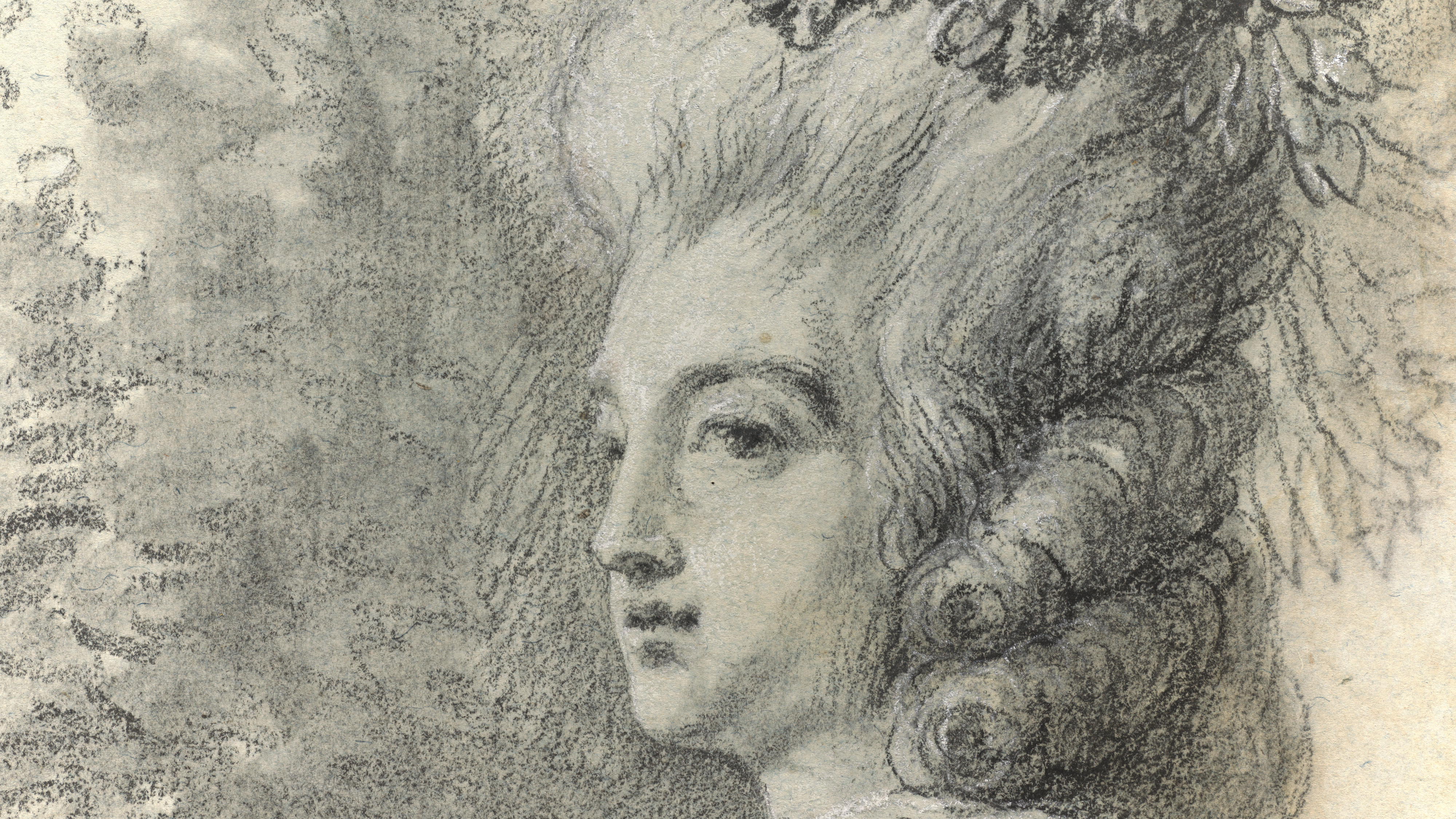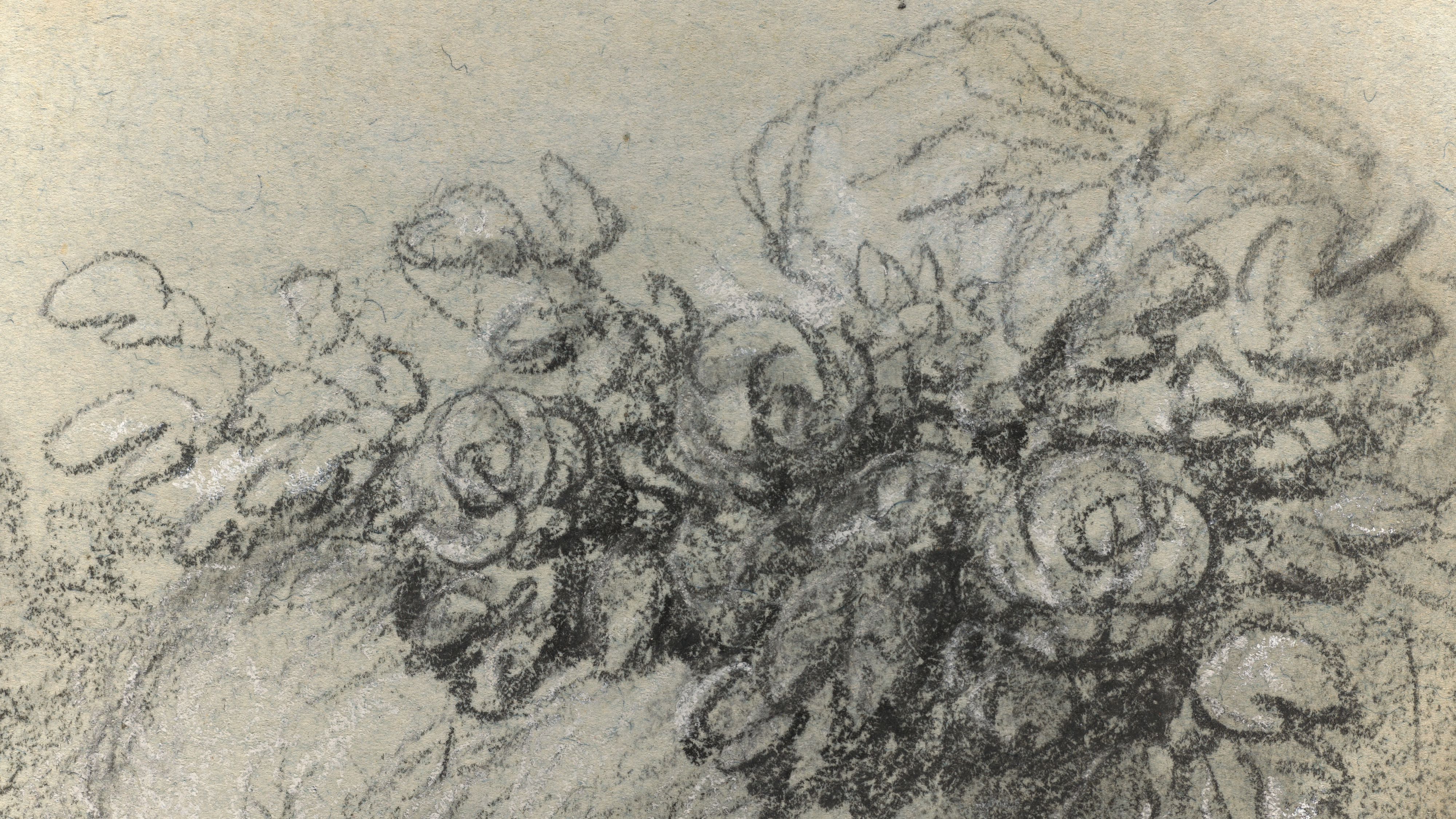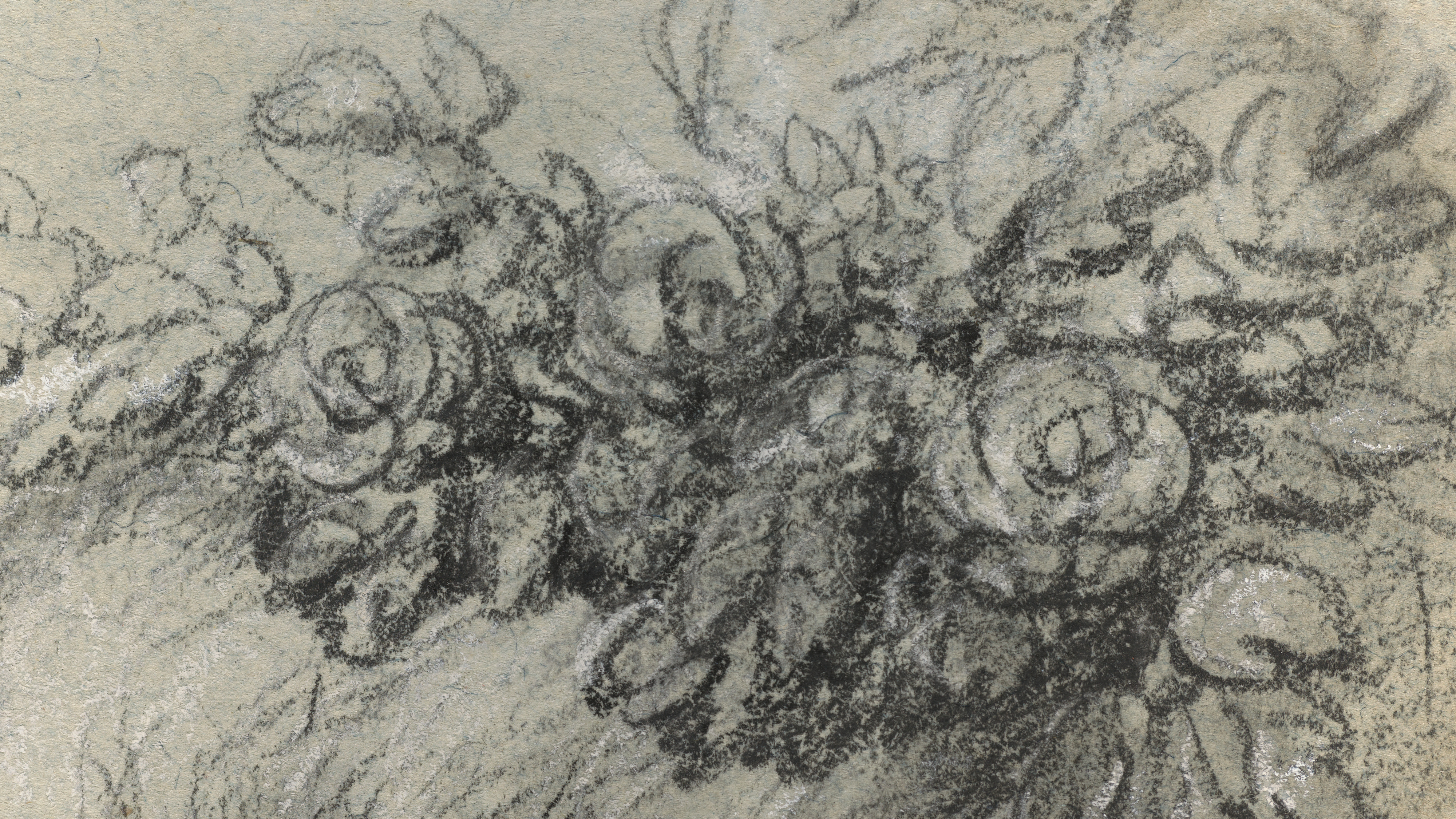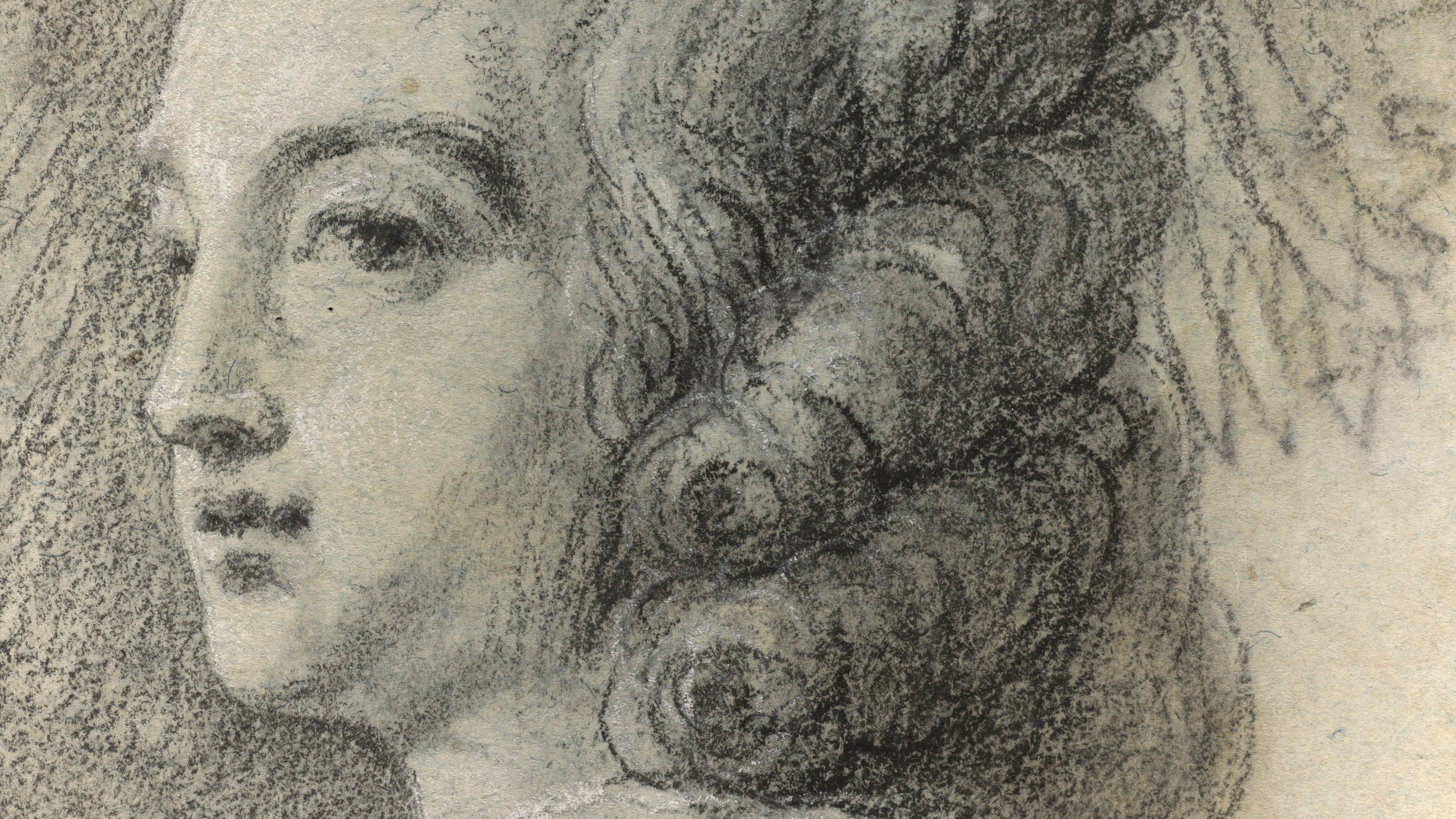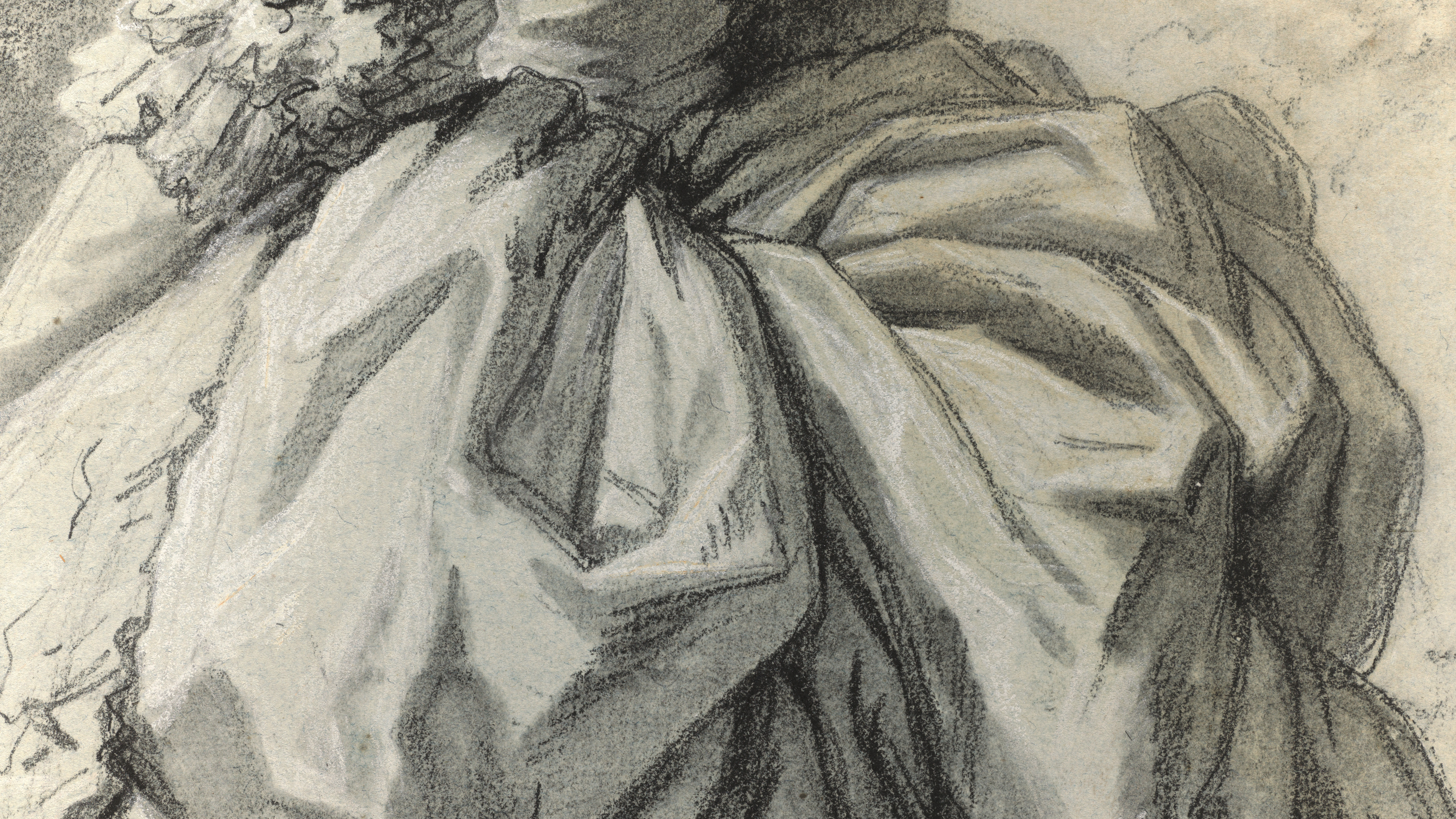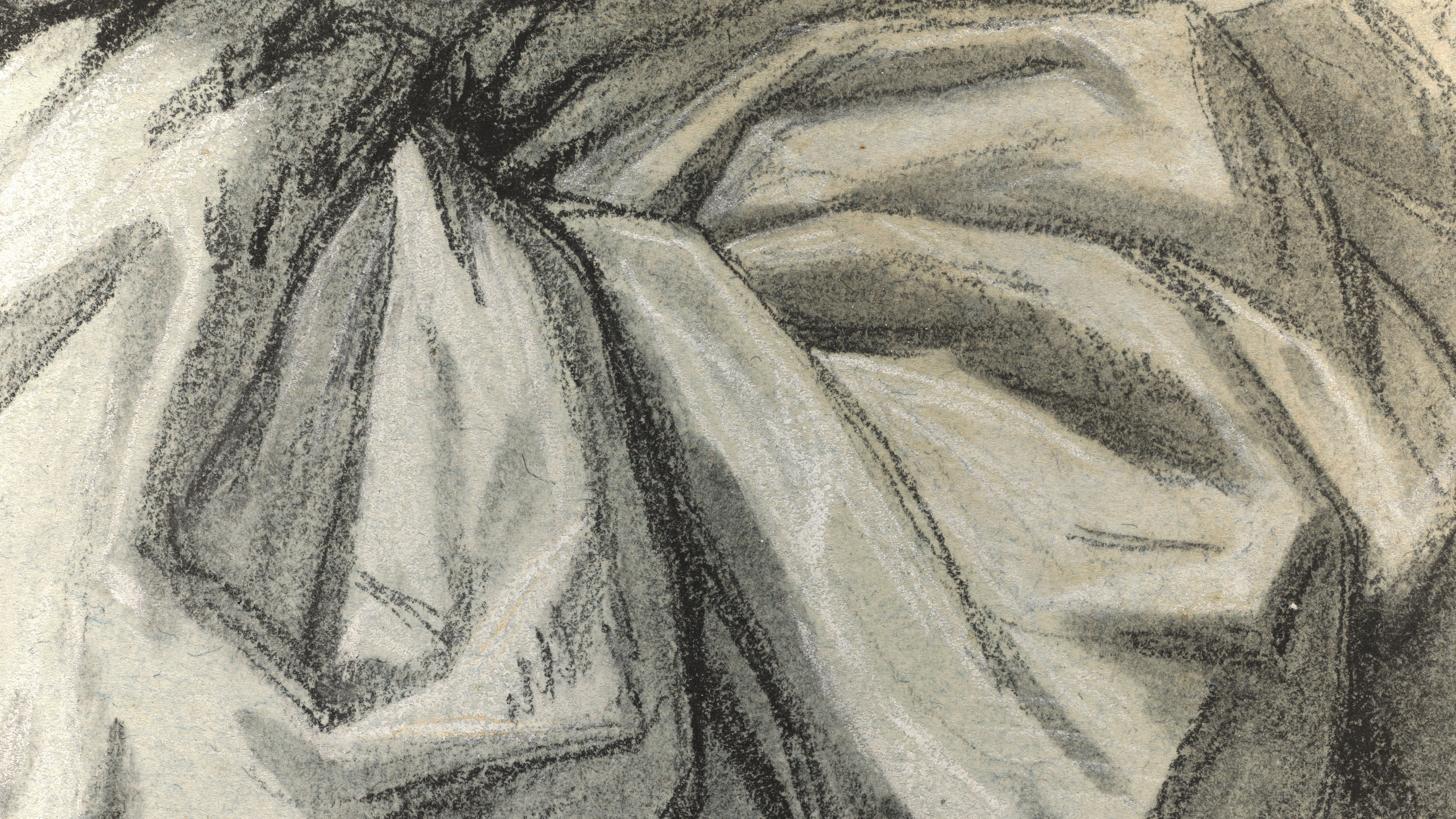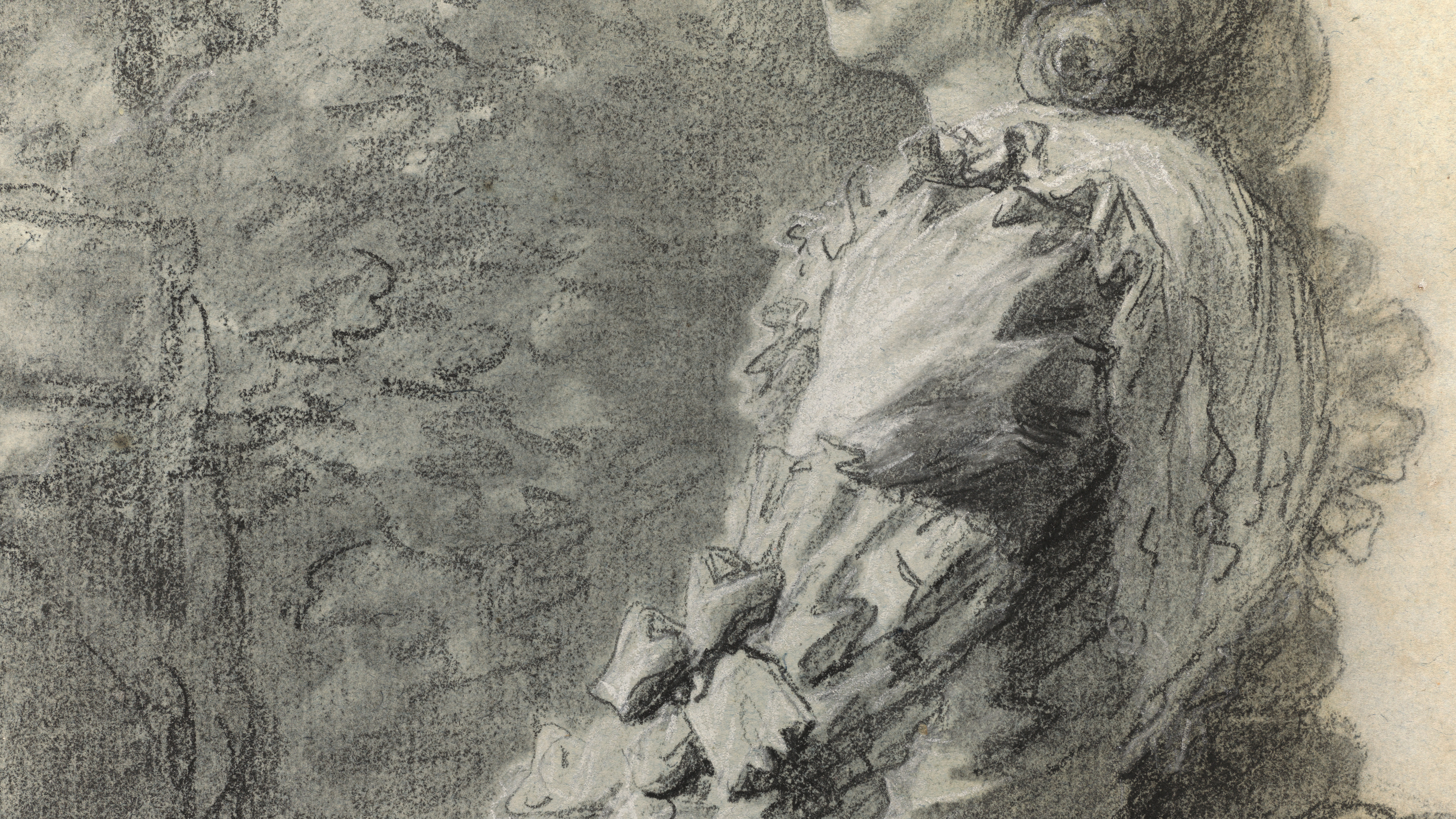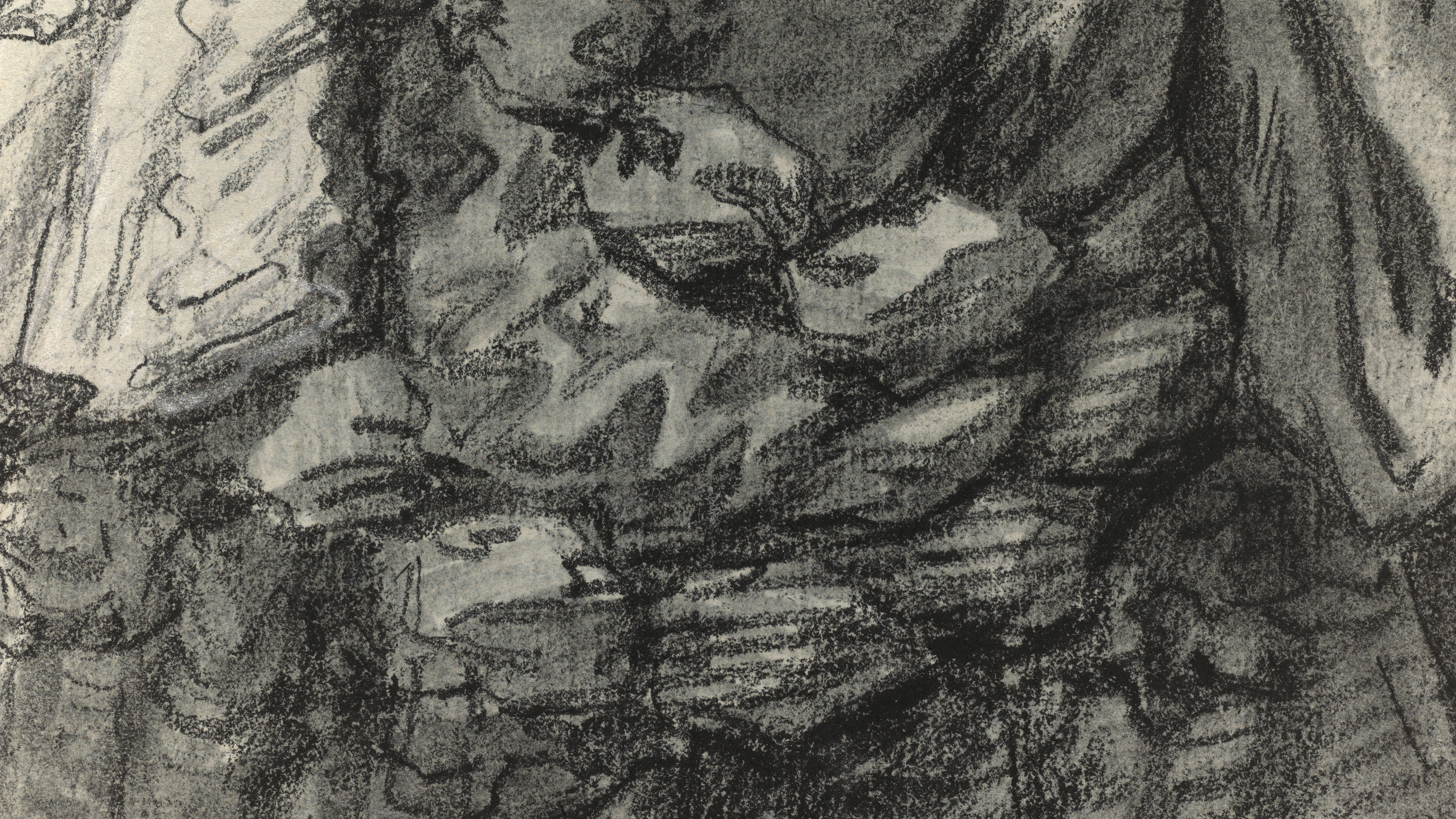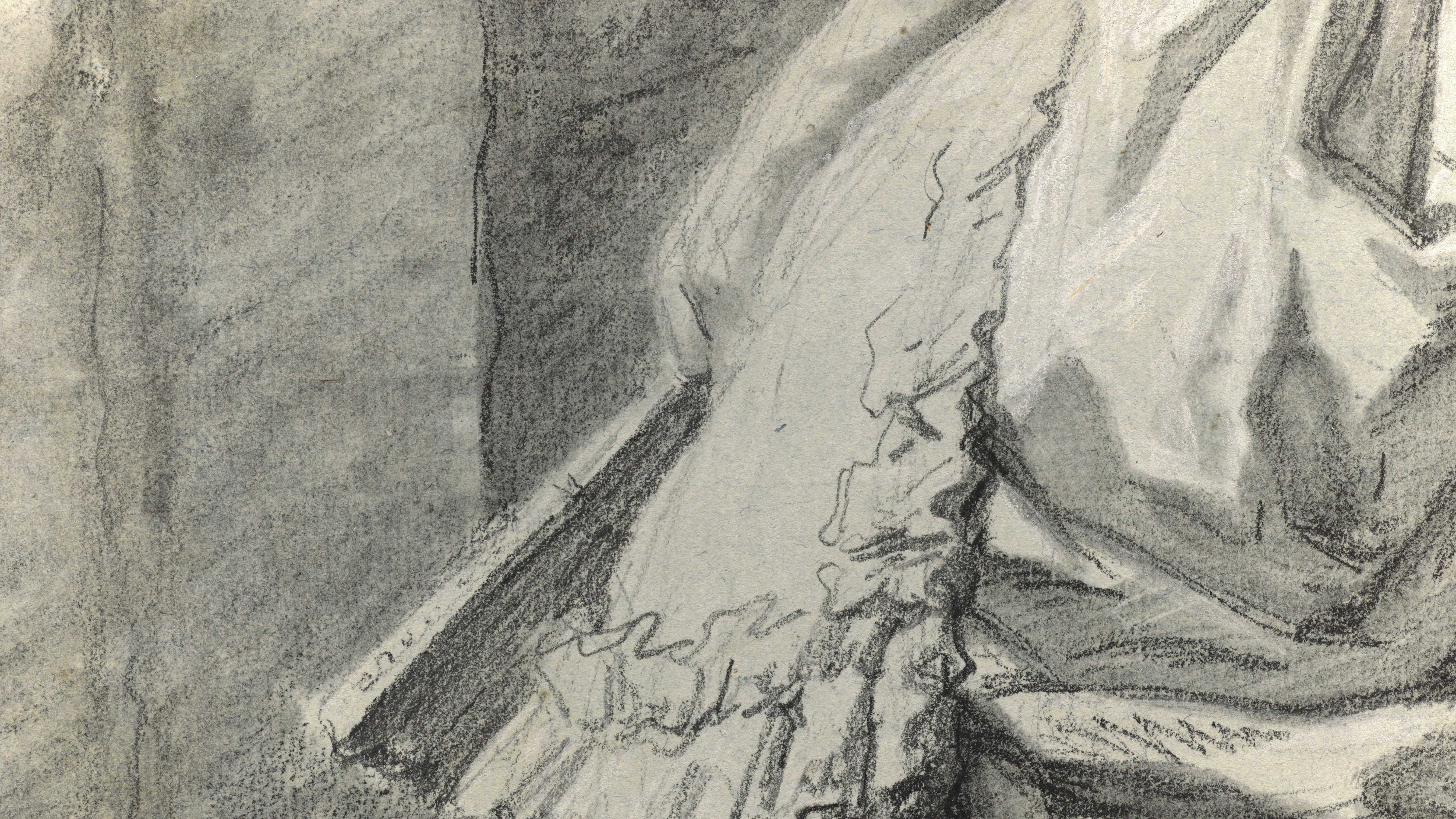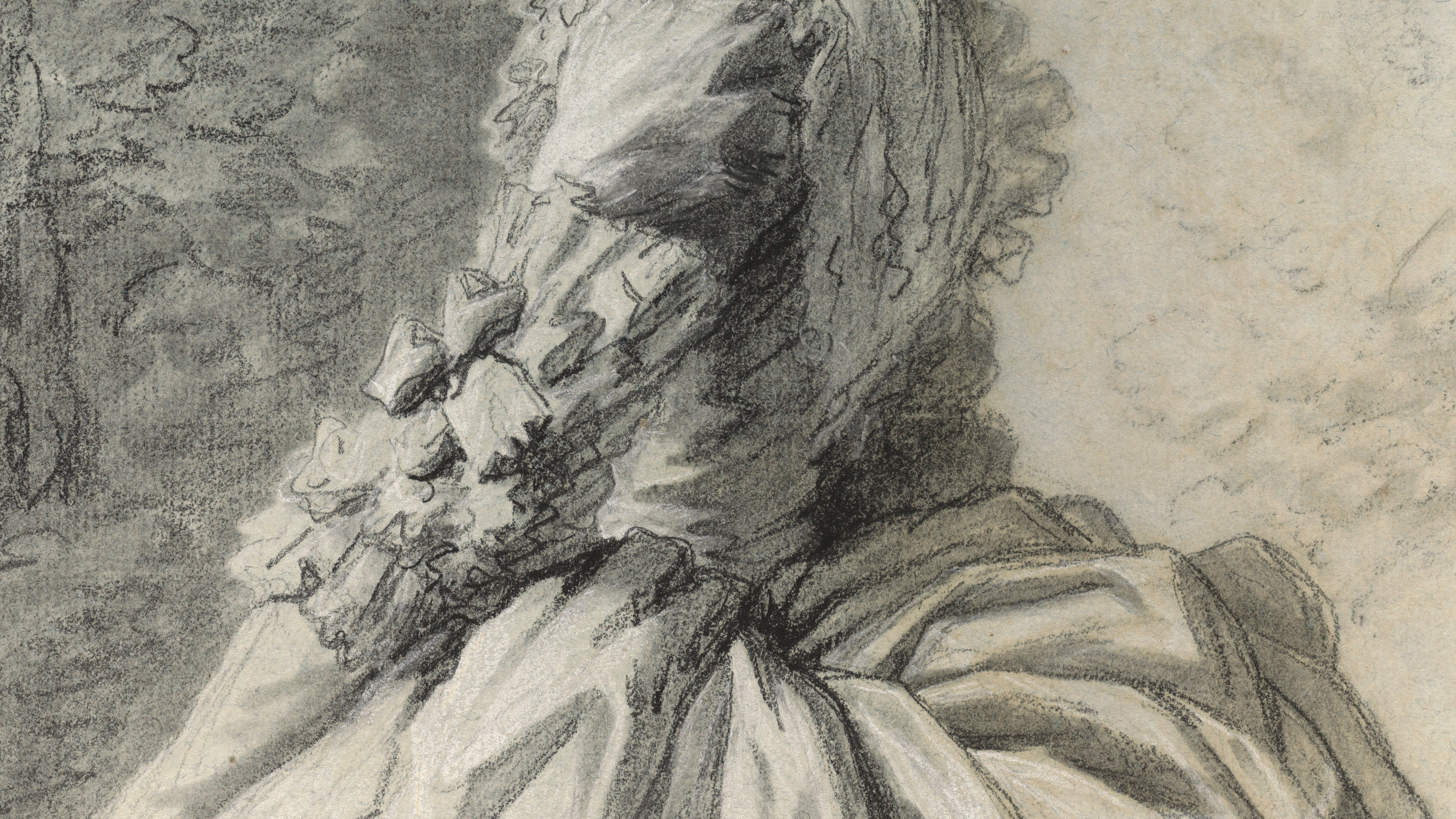Marie Antoinette in a Park
Elisabeth Louise Vigée Le Brun French
Sitter Marie Antoinette, Queen of France French, born Austria
Not on view
With its stately pose and lush handling, this painterly sheet depicting Marie-Antoinette in a garden embodies all the qualities that brought success to Vigée Le Brun as a portraitist to the ancien régime court. The young Austrian-born Queen, Marie-Antoinette was a central figure in Vigée Le Brun’s career, responsible in many ways both for her meteoric rise to fame and for her subsequent difficulties. While some artists, like her friend Hubert Robert, at the time of the Revolution sought their survival in adaptation, Vigée Le Brun remained a staunch monarchist and found her new patrons in foreign courts and among fellow emigrés and royalist sympathizers.
When Vigée Le Brun, a young woman of twenty-three, was summoned to Versailles in 1778 to execute a full-length standing portrait of the queen, it was a distinction which must have both propelled her career and incited jealousy among certain members of the Académie royale who shared her specialty. The result, a regal, yet conventional standing portrait in an interior "en robe à paniers" hangs today in the Kunsthistoriches Museum in Vienna. It would be the first of many such commissions for Vigée Le Brun, a challenging assignment as the public image of the foreign-born queen came increasingly under attack, and state portraits took on the burden of recovering her much-maligned reputation. The situation came to its most critical juncture at the Salon of 1785 when the exhibition of Adolf Ulrik Wertmüller’s canvas of Marie Antoinette and her two children strolling in the Trianon Gardens (Nationalmuseum, Stockholm) met with widespread derision, apparently for the perceived frivolity of their demeanor. To repair the damage, Vigée Le Brun was called upon to produce another portrait of the Queen and her children to be ready for the following Salon in 1787. Although it was not within her power to redeem the unpopular queen, Vigée Le Brun’s attempt was a tour de force of state portraiture. She presented Marie Antoinette at once as a monarch and fulfilling the natural role of a mother as promoted by Rousseau. The composition was based on the Renaissance pyramidal model, invoking Raphaelesqe forerunners.
Although she painted over twenty portraits of Marie Antoinette, the Wrightsman sheet is Vigée Le Brun’s only known drawing of the Queen. Was it intended as an independent work or to present an idea for a painted composition? Unfortunately, surviving sheets by her hand are so few that we can do little more than speculate. A pastel study for her reception piece, Peace Bringing back Plenty (1780, Musée du Louvre, Paris) was published by Pierre Rosenberg in 1981 (Pierre Rosenberg, "A Drawing by Madame Vigée-le Brun," Burlington Magazine, CXXIII [December 1981], pp.739-40), but she does not seem to have prepared her portraits in the same manner. Indeed, with the paucity of comparable examples, it is not surprising that when the Wrightsman sheet first appeared on the French art market in 1961, it bore an attribution to François-André Vincent (1746-1816), with its true author only identified by Joseph Baillio at the time of the Christian Humann sale in 1982.
The quick pace of change in the fashion of hairstyles during the years Vigée Le Brun worked for Marie-Antoinette would suggest a date of ca.1780-81 for the Wrightsman sheet, just before the appearance of the frizzed bouffant (hérisson) hairstyles of the 1780s. The Queen’s hair is pulled high and far back from her face and topped with a gauze bonnet decorated with flowers. Large, relaxed curls fall around the nape of her neck. The queen’s dress is a robe à la polonaise, a style that first appeared in 1775. A series of panels are looped up into large billowing forms to reveal the striped chiffon petticoat with a flounced trim. The view chosen by Vigée Le Brun draws attention to close-fitting area around the small of the back which distinguished the silhouette of the polonaise from that of the robe à la française which fell in pleats from the shoulders. Joseph Baillio has drawn attention to a mention in Charles-Edouard de Crespy Le Prince’s Chroniques sur les cours de France which described the young queen, after appearing in the Versailles performance of the opéra-comique Rose et Colas, as desiring her portrait done by Vigée Le Brun in her costume and the artist then making a sketch on the spot (see Baillio, 1983, p.34). Although this mention is of interest, the Wrightsman sheet could not be the one described in the anecdote as Crespy Le Prince refers to the Queen’s coiffure as "en cornette de paysanne", a much bulkier style of bonnet than the one depicted in the present sheet. Nonetheless, Aileen Ribeiro has observed that the vaguely rural headdress, the puffs on the skirt, and the filmy petticoat all carry a slight suggestion of theater, or at least of an aristocratic woman playing at the pastoral (Correspondence, September 29, 2003).
Perrin Stein, adapted from The Wrightsman Pictures, New York, 2005, cat.69, pp.252-54.
Due to rights restrictions, this image cannot be enlarged, viewed at full screen, or downloaded.
This artwork is meant to be viewed from right to left. Scroll left to view more.


